Language and practice of religion. On the normative meaning of religious symbols and rituals
Symposium and conference
Project managers: Prof. Dr. Dr. Matthias Lutz-Bachmann and Prof. Dr. Thomas Schmidt
Project description
The normative structure of a community is an expression of a collective symbolic practice; conversely, the normative structure of a society finds its ground of validity and the basis of its stability in symbolic practice. A crisis of the political is to be understood as the result and expression of a disruption in this reciprocal relationship between the normative structure and symbolic practice of the political community. A theory of social action that is oriented towards the rational ideal of moral autonomy must be able to show that norms that generate and coordinate social action, i.e. collective actions and social institutions, can possess such moral authority. In his research, Jürgen Habermas, for example, refers decidedly to Émile Durkheim’s sociology of religion in order to explain that social consensus is not initially established through cognitive insight into the validity of content, but through collective practice, for which religious ritual is paradigmatic. In our research project, we systematically build on these research approaches. In religious ritual, a collective identity is established and renewed through the shared, linguistically mediated use of symbols; however, these symbols have a strictly internal meaning within a self-referential ritual practice. They do not communicate or refer to a reality outside the ritual itself. The collective identity that religious ritual establishes through the use of symbols is distinct from both the external nature or objective world and the internal nature or subjective world. Religious ritual constitutes an intersubjective social world through the use of symbols. These symbols do not represent a natural or supernatural world beyond the collective ritual, neither a world of objects that we perceive and manipulate, nor an inner nature of needs, sensory stimuli, experiences that we represent. The symbols of ritual refer to nothing other than the intersubjective level of collective action, of rule-governed action. This original sociality, not the external or internal nature of human beings, is the pre-linguistic world to which religious symbols refer. It is precisely for this reason that religious symbols are prototypes of norms that are only valid in the social world that they themselves produce and reproduce. It is a central concern of this project to examine whether and in what way religions can provide such symbolic mediation services not only in traditional societies, but especially in plural societies under secular normative conditions, and in this way make a contribution to overcoming current crises of social and political integration.
Symposium
March 17-19, 2020
“Present of Religion – Future of Philosophy. Reflections on the latest work by Jürgen Habermas”
Conference
November 20-21, 2020
“Present of Religion – Future of Philosophy. Reflections following the recent work of Jürgen Habermas”

